Just as the name suggests, riser pads AKA risers provide additional height to your skateboard. This comes in handy when you’re trying to eliminate wheel bites.
However, many people get confused about whether they should use riser pads or not. Since you’re reading this blog, you must be one of them.
Don’t worry, we’re here to help. In our today’s guide, we’ll try to portray the pros and cons of riser pads so you can decide for yourself if it’s worth experimenting with.
Table of Contents
What Is a Skateboard Riser Pad?
As the name suggests, riser pads are an optional skateboard accessory that you can use to raise your board. Mainly used to eliminate wheel bites, these pads are made from hard plastic and.
For those who are not familiar with wheel bites, this happens when the wheels of your skateboard keep rubbing against the board when skating or turning.
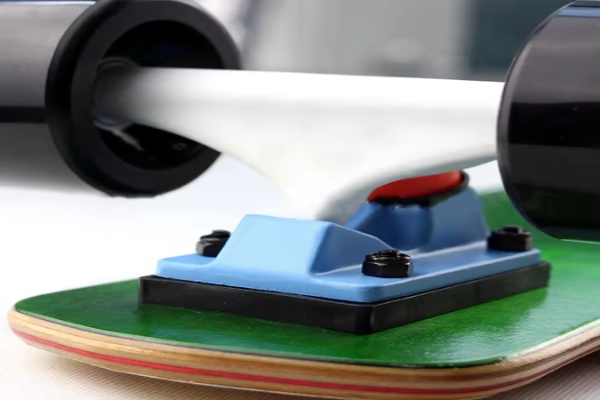
This may disrupt your balance and send you flying off the board. If not careful, you may even end up being seriously injured.
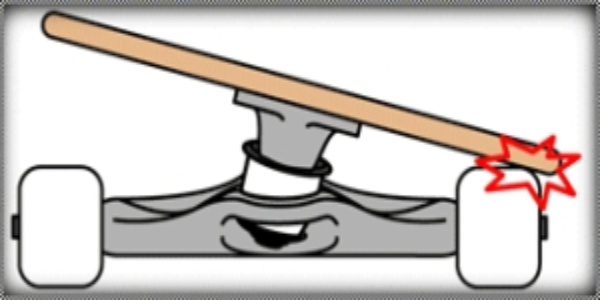
Riser pads work by increasing the distance between the wheel and the board. Not only does it make your rides safer and smoother, but it increases the durability of your deck.
Pros of Using Skateboard Risers
1. Prevents wheel bite
Wheel bite is a common nuisance for every skater out there. Skateboards usually go 3 times faster than average pedestrians.
You can easily imagine what can happen if you’re sent flying off your board at that speed. This is especially dangerous for the newcomers.
Riser pads eliminate that risk and make your riding safe and smooth; especially when you are using cruisers or bigger wheels.
2. Increases deck durability
Not only do wheel bites affect you, but they also damage the board.
Trucks are usually made from metal and the deck is made from wood. That is why trucks can put heavy stress on the wooden board, eventually damaging it.
Using a riser creates a gap between the low trucks and high decks. It also absorbs most of the stress and prevents stress cracks, increasing the durability of your deck.
3. Improves balance
Skateboarding is all about how well you can balance yourself. Balancing yourself over a board becomes a lot easier if you can eliminate wheel bites. Riser pads come in handy here.
4. Allows sharp turns
Taking sharp turns is a bit tricky and dangerous. If your wheels bite your deck at that time, things can get pretty messy real quick.
The added height on your trucks can give you additional room to lean while making sharp turns.
That is why you’ll be safely able to make even sharper turns.
5. Gives comfort on rough terrain
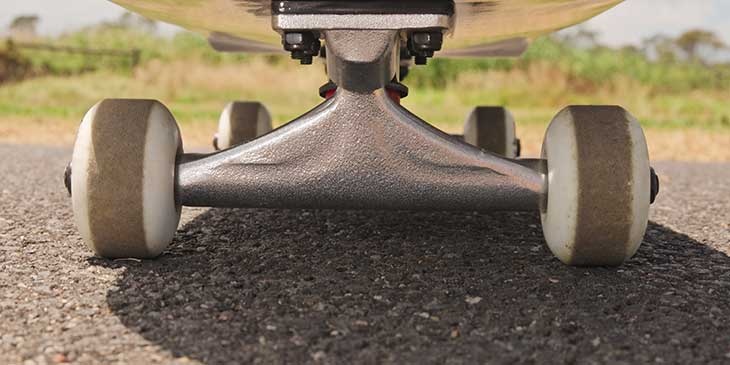
Riding over rough pavements is no fun, especially with hard wheels. The vibrations you feel in your legs while riding can be a buzzkill.
There is also a different kind of riser named shock pads that can help you with this problem. They are made from softer polyurethane/rubber and can absorb most of the shock.
With Risers/shock pads, most of your riding experience will become smooth and pleasant.
6. Allows higher ollies
Ollies are a neat trick that many skateboarders display. Risers can help you to go for higher ollies because adding the riser pad will increase the overall height of your board.
The main idea here is to lift your deck higher off the ground. Adding even a tiny height can allow you to jump higher and perform stunning ollies.
Cons of Using Skateboard Risers
1. Not beginner-friendly
This may be true that risers provide additional balance to your deck, but not everybody can handle that.
On the contrary, beginners may feel overwhelmed by the added height and lose control easily.
Not everyone likes skateboard risers. If you are a beginner or feel uncomfortable, feel free to use alternatives.
2. Some tricks become tougher
As I’ve already told you, using a riser pad will increase not only the overall height of your board, but it will also increase the distance between the wheels and the deck.
As a result, some of the tricks may become a bit tougher to perform. But don’t worry. Once you get used to the new height and feel, you’ll be at the top of your game again in no time.
Different Riser Pad Shapes
a) Rectangular
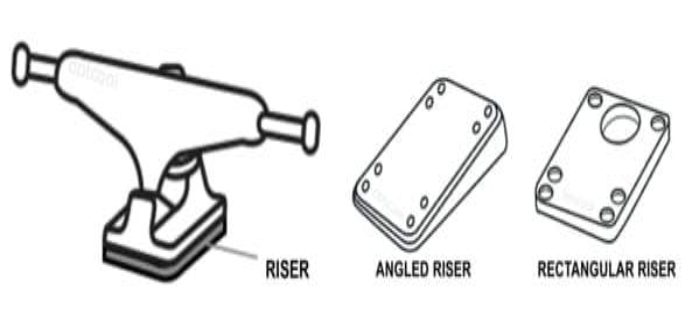
This is the most widely used shape for riser pads. Rectangular risers pads are especially beneficial for skateboarders and longboarders.
However, you are free to choose whatever shape fits you perfectly. These risers can only increase the distance between deck and wheel, preventing wheel bites.
b) Angled
Angled riser pads are for the skaters who enjoy a bit of flexibility on their board. Not only do they increase the overall height, but they also provide an angle.
This means you can angle your board from the center or towards the center as you like. This is especially helpful when you take a sharp turn.
Different Riser Pads Sizes
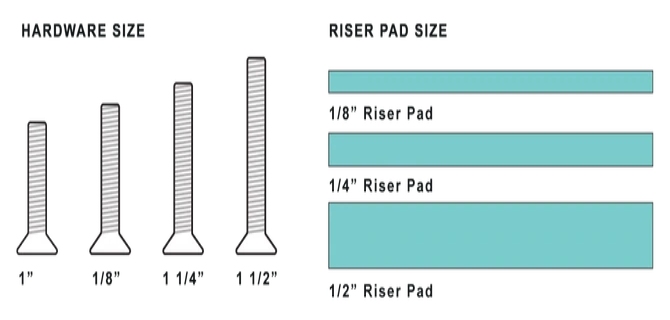
Riser pads come in different sizes. The most prominent sizes are one-eighth of an inch (1/8?), quarter-inch (1/4?), and half-inch (1/2?).
It’s crucial to use appropriate hardware for different riser pad sizes. That’s why I am listing applicable hardware sizes for different riser pad sizes. Hope this helps.
For no risers, you’ll need to use ? ? to 1? hardware.
For ? ? riser pads, you’ll need 1? to 1? ? hardware.
For ¼ ? riser pads, you’ll be needing 1¼ ? hardware.
For ½ ? riser pads, you’ll need to use 1½ ? hardware.
Choose the riser pad size depending on your skateboard style and don’t forget to use fitting hardware. This will make your rides safe and smooth.
How Do You Put Riser Pads on Your Skateboard?
Materials needed
- A skateboard
- A riser pad of your preferred style
- Fitting hardware
- A screwdriver
- A wrench
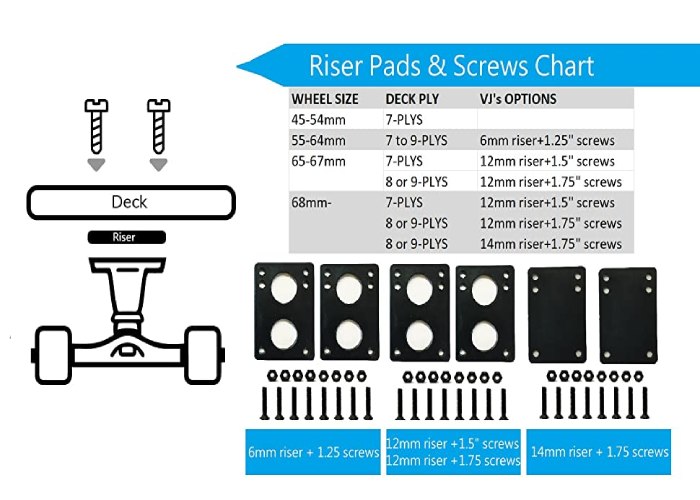
Steps
- Use the chart given above to determine the appropriate hardware size. Collect all the tools you need.
- Separate the truck from your deck. The easiest way to do this is to hold the nuts with the wrench while using the screwdriver to unscrew the hardware.
- Place the riser pad between the truck and the board, and finally, screw the hardware using the wrench and the screwdriver. That’s all you need to do.
Riser Pads vs Shock Pads
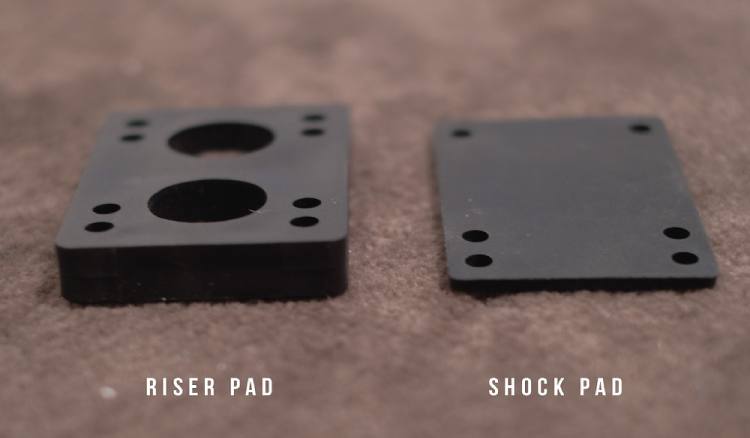
Riser pads are made of harder plastic and don’t absorb shock that much. They come in 3 different sizes and can reach up to ½’’.
On the contrary, shock pads are a lot thinner and flexible. The max height they can reach is ? inch. Shock pads are made from softer and more flexible polyurethane/rubber.
The main purpose of a shock pad is to absorb the shock when you perform a trick or ride your skateboard.
Do You Need Riser Pads or Shock Pads?
If your primary concern is to increase the distance between the truck and the deck, a plain rectangular riser pad will do the trick.
If you long for flexibility, we recommend angled risers. That way it’ll be easier to balance yourself and take sharp turns.
If your main concern is shock absorption during a trickshot or cushioning your ride over rough terrains, a shock pad is the best accessory.
Ready to rule the streets with your skateboard now?

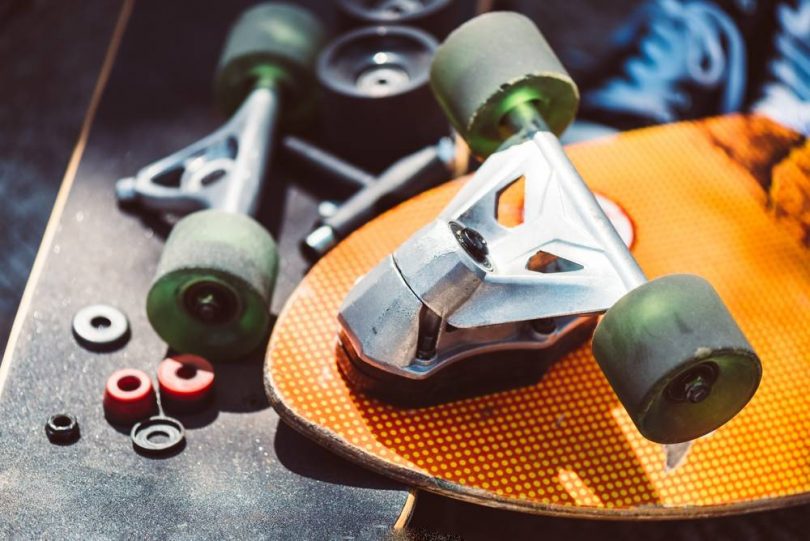
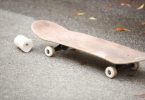
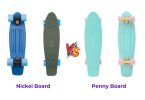
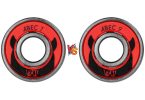
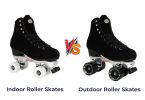
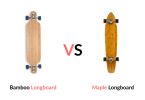


Leave a Comment